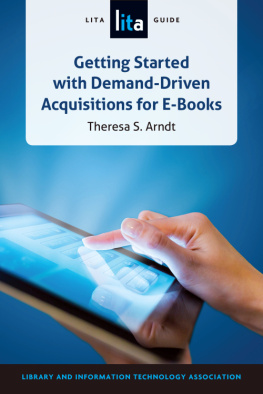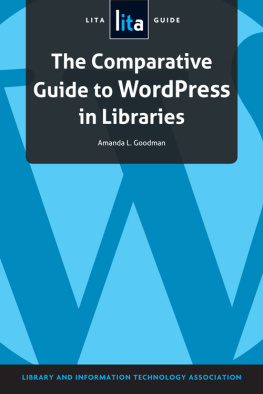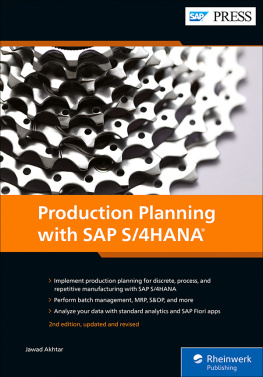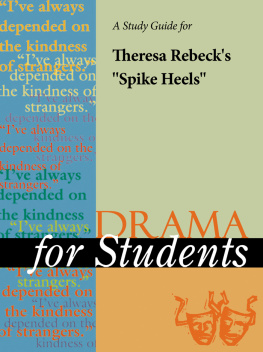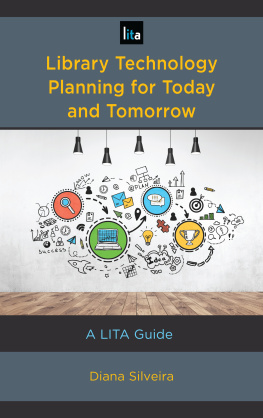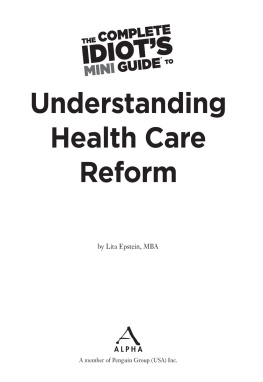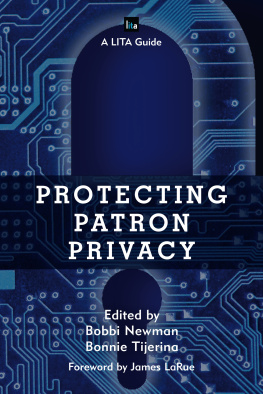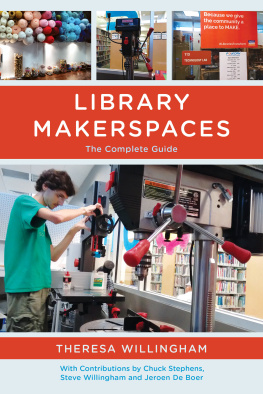T hanks to Kirk Doran, who was instrumental in helping to create the original internal DDA checklist from which sprouted the concept for this guide. In addition to authoring the , Kirk also reviewed the final manuscript. Thanks also to Jessica L. Howard, a colleague who generously made time in her busy schedule to review and give comments on the final manuscript. Both Kirks and Jesss notes helped to improve the final product greatly, but any errors and deficiencies are solely my responsibility. Thanks also to the entire staff of the Waidner-Spahr Library for always asking good questions, proposing good ideas, and generally making all the work we do better and more fun.
W hen our library decided to investigate demand-driven acquisitions (DDA) for e-books in 2012 we started, as all good librarians do, by reviewing the professional literature as well as other sources. We found a few published case studies, and we also attended several conference presentations and webinar presentations. We had extensive conversations with various vendors. We combed the publications on e-books available at that time, which had some mentions of DDA. We found a body of literature on DDA as it had been used for print books which did provide information on the overall concept. The literature on e-book DDA was still emerging, and was less helpful in addressing the practical steps required to implement DDA exclusively with e-books. The problem was we didnt know what we might be forgetting to ask, because we didnt know what we didnt know! We also realized that decisions we made along the way might have unintended consequences later, but we werent sure what those might be. What we really wanted was a list of all the many questions we should be asking ourselves and vendors, issues we should be considering, decisions we would need to make along the way. Such a list would be even better if it explained the implications of each choice. We also wanted some detailed, practical how to advice on how to get our DDA program up and running. In the end, we began creating our own checklist of questions that grew larger and longer the more we realized how much there was to consider and how many decisions we needed to make. This guide grew out of a desire to share this list of questions, decision points, and practical knowledge with other librarians who are interested in getting started with e-book DDA, and to help them think through the many choices that need to be made.
DDA has worked well for our library, increasing instant access to more e-books for our users, while holding down overall library book purchasing cost increases. We know that the DDA titles we end up paying for are all actually used, unlike the print and e-books that we buy based on profiling, alerts, reviews, librarian-selector judgment, and user recommendations alone. It has become an integral part of our overall collections strategy, although that strategy continues to include firm orders in print and e-book format for titles we consider core to our collection. This guide assumes a positive attitude toward DDA implementation, but potential problems are also pointed out. Although examples from the literature and from our small academic librarys experience are given for illustrative purposes, this guide is primarily intended to help you plan an e-book DDA program that is right for your library, by prompting you with questions which will help you make decisions. In this way, we hope to help other libraries shape DDA programs that are suited to local circumstances. Library missions and the population of library users they serve are variable, so the implementation will need to be customized. While much of the research literature on DDA comes from academic libraries, all library types are using DDA, and the questions posed in this guide will be relevant across library types, although the decisions and choices made by those libraries may differ.
As you work through the questions, remember that you probably will not be able to get everything you would ideally want in terms of e-book features, license terms, and pricing models, but some things will be negotiable. The e-book market and DDA models continue to evolve as publishers seek to meet the needs of the library market, while protecting their own need to make a profit. Ask for what you want, but be prepared to negotiate with flexibility by prioritizing your goals for your DDA program. There will also be various trade-offs in terms of staff time and direct dollar costs. This guide is intended to be practical. At times we will suggest that you consider doing nothing. Care and feeding of an e-book DDA program can eat up endless amounts of time if you let it, but some of the time spent may not be worth the small benefit gained.
Although it is divided into separate chapters, it is highly recommended that you read through the entire guide. There is overlap between chapters, but DDA programs are made up of a lot of different moving parts that are interrelated and discussed throughout the guide. For example, policy decisions will influence your ability to budget for DDA, and your choices of vendors will influence your workflow decisions. Unless you are running a one-person library, you will probably want to take a team approach to implementing DDA from the start. At our relatively small library, two librarians, including a cataloger, as well as an acquisitions paraprofessional were involved in thinking through the various DDA setup decisions. It is our hope that this guide will help you go into DDA with more confidence and will help you avoid surprises.
What this guide does not do is provide a comprehensive overview of all e-book management issues libraries face, although these are touched on as they relate specifically to DDA. This guide assumes you already have some familiarity with providing purchased or subscribed e-books to your users, or will seek out the many excellent books on general e-book management to gain that knowledge (Kaplan 2012, Polanka 2012, Roncevic 2013).
Despite early concerns about e-book DDA, many libraries are now routinely and successfully using it. The National Information Standards Organization (NISO) DDA Working Group conducted a survey in August 2013 which garnered responses from 81 mostly academic libraries that used DDA, 56 for e-books only, and 23 more for e-books and print. The majority reported that their programs were effective and met the goals their library had set (NISO DDA Working Group 2013).

